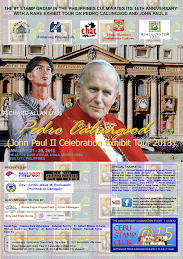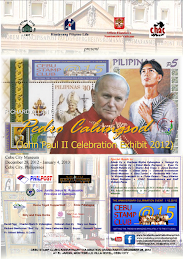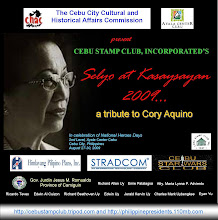Today in Philippine History (Philatelic Edition):
February 19, 1886
Jose Abad Santos (February 19, 1886 - May 2, 1942), Speaker of the House of Representatives, and Chief Justice of the Supreme Court, was born in San Fernando, Pampanga to Vicente Abad Santos and Toribia Basco.
He was sent to the United States as a government pensioner and finished his pre-law at Santa Clara College in California.
He graduated Bachelor of Laws at Northwestern University in Evanston, Illinois and Master of Laws at George Washington University in 1909.
He was admitted to the Philippine Bar in 1911 and served as Assistant Attorney at the Bureau of Justice from 1913 to 1917.
He was appointed as the first Filipino corporate lawyer of the Philippine National Bank, Manila Railroad Company and other government corporations.
Abad Santos served as Attorney General, Undersecretary of Justice, and Secretary of Justice from 1921 - 1923.
During World War II, on December 24, 1941, he became the country’s fifth Chief Justice.
He went to Corregidor along with the Commonwealth government and administered President Manuel L. Quezon’s and Vice President Sergio Osmeña’s oath of office for their second term on December 30, 1941.
President Quezon with his government, left for the United States after the rapid advancement of the Japanese forces.
He appointed Abad Santos to be the Acting President with full authority to act in the name of, and on behalf of the President of the Commonwealth of the Philippines and become the Acting Commander-in-Chief of the Armed Forces of the Philippines in some areas unoccupied by the Japanese.
On April 11, 1942, he was captured together with his son Jose “Pepito” Jr., Col. Benito Valeriano and two enlisted men.
Japanese High Commander Kiyotake Kawaguchi informed him of his impending execution.
On May 2, 1942, after refusing to be blindfolded and refusing to accept a cigarette offered to him, he was executed under a tall coconut tree near a river bank in Malabang, Lanao.
(Design, concept, stamps and research: Richard Allan B. Uy) All rights reserved
Photo credit: wikipedia.org





































































